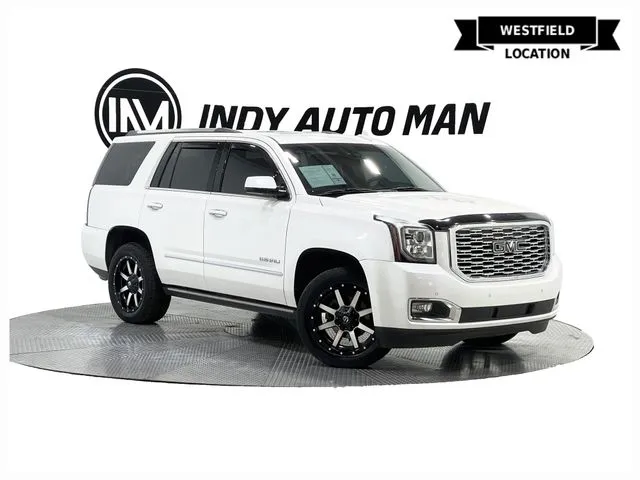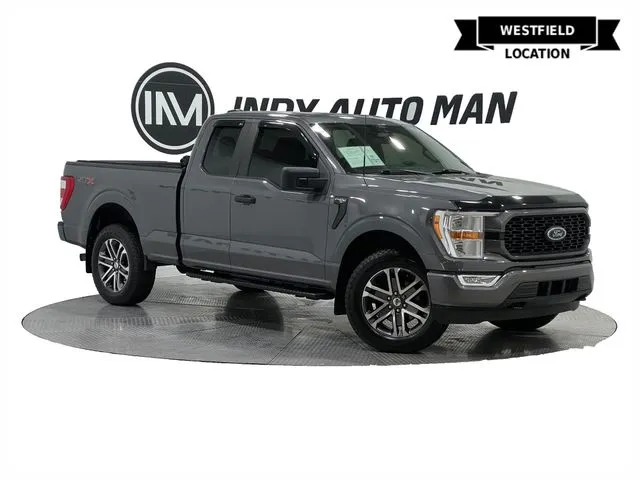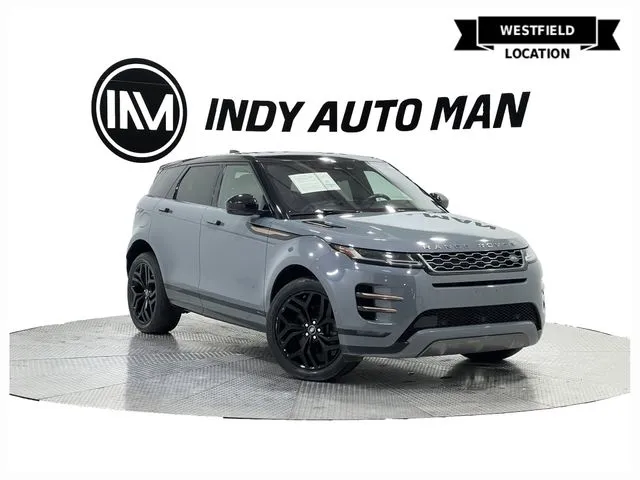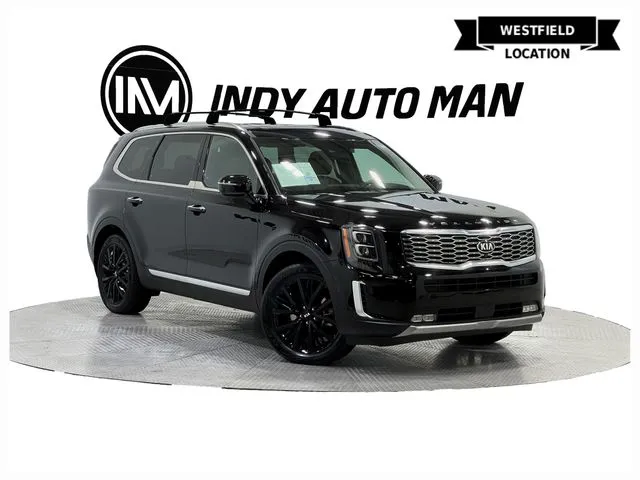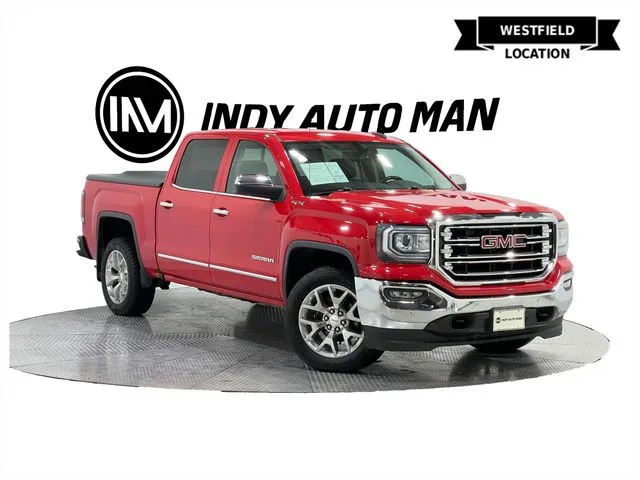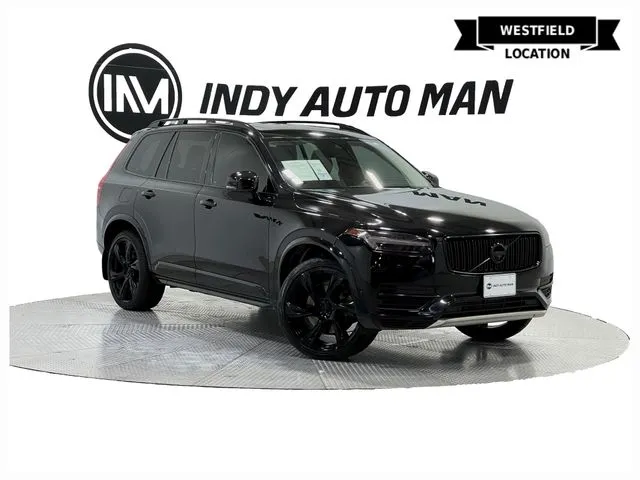Spiked or Traction Rubber: What Winter Tires Are Best for RWD, FWD, and AWD Cars
Table of Contents
- How do I know what winter tires to buy?
- Studded tires
- Friction tires
- Are all-season tires good for winter?
- How should I maintain my winter tires for best performance and safety?
- How to choose winter tires based on vehicle drive
- Friction tires for steady driving on FWD
- Studded tires for rear-wheel drive
- Any tires for all-wheel drive

Before this winter season, you may again face the choice of whether to buy studded or friction tires for your car. We decided to remind you in what cases non-studded tires are a good suit and when it is better to install spiked ones. Let's consider the question from the point of view of the car's drive - which, according to our experts, suits a rear-, front-, and all-wheel drive car.
How do I know what winter tires to buy?
Based on the history of tire development, the first specialized winter tires were studded ones produced by Nokian Tires. Friction ones were created in response to the ban on the use of studs in some European countries.
New developments in the field of tire technology allow non-studded tires to achieve characteristics on winter surfaces that are in many ways similar to the properties of studded ones.
Studded tires

Thanks to their iron claws, the tires have excellent grip on icy surfaces and provide a short braking distance.
However, spikes do not have as many small lamellas as friction ones and are inferior to the latter in control on wet surfaces. In addition, as a rule, lamellas are not applied to the space directly around the studs. This is also why grip on wet roads is worse than that of studless tires.
What we know in general about studded tires:
- Spikes are unrivaled on icy ruts.
- They perform well on asphalt.
- Average handling on wet surfaces.
- They have increased noise.
- They periodically lose their spines.
- At extremely low temperatures, the properties of studded tires begin to deteriorate.
- Such wheels are stiffer than friction wheels, which affects driving comfort.
- Square or star-shaped studs hold the road better than round ones.
Who are they suitable for:
- Residents of northern states and the middle zone, cities where roads are irregularly cleared and winter temperatures most often dip down below 32°F like Indianapolis;
- For those accustomed to an aggressive driving style;
- Drivers who often travel out of town onto country roads;
- Motorists who often have to drive on icy roads in winter;
- Owners of lightweight cars to ensure greater stability on winter surfaces;
- Drivers of vehicles without electronic assistants ABS, ESP, and others.
Friction tires

This type of tire, due to the properties of rubber, seems to stick to the surface with the help of friction.
How it happens on ice:
- A wheel driving over an icy surface melts it a little, creating a microfilm of water that can lead to a skid.
- The structure of the rubber of friction tires is rough in itself, plus many small lamellas are applied to it. With the help of these features, tires can absorb some of the microfilm, remove a part of it, and stick to the surface.
- While the vehicle is moving, the studless tire blocks are rotated at different angles to ensure maximum moisture removal.
Yes, you can also drive on ice using friction tires, but you have to seriously reduce the speed so that the properties of the rubber and tread pattern have time to do their job.
So, the features of friction tires are as follows:
- An excellent level of grip on wet surfaces and slushy snow.
- Retaining properties even at very low temperatures in winter.
- Acoustic comfort.
- Electronic systems in cars help them cope with difficult situations on the road.
- Requirement for great care on ice.
Who they are suitable for:
- Residents of megacities, where roads are well-cleared in winter;
- Car owners who rarely encounter ice in winter but more often drive on dry roads or slushy snow;
- Drivers who value acoustic comfort;
- For car enthusiasts whose vehicles are equipped with ABS, ESP, and other electronic systems that prevent skidding;
- For those who drive carefully.
Are all-season tires good for winter?
You can use all-season wheels in mild winter conditions. However, they do not have the same features as winter tires, so their performance in harsh weather is not as good.
How should I maintain my winter tires for best performance and safety?
To maintain winter tires, regularly check tire pressure as it can drop in cold weather. Keep an eye on tread depth and look for uneven wear. Rotate tires every 5,000 to 7,000 miles to ensure even wear. Store tires properly if changing seasonally to prolong their life.
How to choose winter tires based on vehicle drive
In addition to climatic conditions and your preferences, when choosing winter tires, pay attention to one more factor - the type of drive of your car.
Cars with different types of drives have their control characteristics, especially in the case of skidding. We will provide brief descriptions of the features of each drive and recommend tires that are best suited for front-, rear-, and all-wheel drive vehicles.
Friction tires for steady driving on FWD
The brief essence of how this type of drive works: the engine spins the front wheels, and the rear wheels rotate freely. The main weight falls on the front of the car.
Some features of the behavior and control of a car with front-wheel drive:
- If you start abruptly, the front wheels may slip, and the tires may wear out faster.
- When cornering at too high a speed, FWD vehicles may drift off the front axle.
- For stability on ice, it is important not to suddenly increase or release the gas.
- When the rear axle skids, it is recommended to turn the steering wheel in the direction of the skid and not release the gas, which requires skills, since, in such situations, the driver will most likely automatically release the gas and press the brake. In rare cases when the front axle of the car has lost traction, it is recommended to turn the steering wheel towards the skid and use the handbrake.
For FWD cars, it is better to choose studded tires in winter to minimize the likelihood of skidding when cornering on slippery surfaces. But if the car has active safety systems, and you prefer steady driving, friction tires are also suitable.

Studded tires for rear-wheel drive
In vehicles with this drive type, the engine rotates the rear wheels. Cars with rear-wheel drive are often in the range of expensive brands. For example, many Mercedes and BMW models are equipped with rear-wheel drive.
Features of behavior and control of a rear-wheel drive car:
- As a rule, a car accelerates more efficiently than a front-wheel-drive one.
- The car is less stable on ice and snow than an FWD vehicle. If you sharply increase the gas, the rear axle may skid.
- RWD models are more prone to the rear axle skidding when turning.
- In the event of a skid, the first thing the driver needs to do is turn the wheels in the direction of the skid. In such situations, it is generally recommended to release the gas pedal, but in rare cases, you need to increase the gas.
Considering the driving characteristics of rear-wheel drive cars, it is safest to install studded tires for winter driving on them.
Any tires for all-wheel drive
All-wheel drive supposes that the engine transmits torque to all four wheels. In AWD vehicles, both axles are driven. Power is distributed between axles and wheels using differentials.
Features of behavior and control of all-wheel drive vehicles are as follows:
- A car with AWD is more tricky to control in critical situations than one with FWD or RWD. The drive includes nuances of both front and rear.
- Such vehicles have undeniable advantages in straight-line acceleration, braking, and driving over bumps.
- Drivers with little experience should significantly reduce speed before emergency maneuvers.
- When skidding a four-wheel drive vehicle, in general, a driver should act as in the case of front- and rear-wheel drive vehicles.
For all-wheel drive vehicles, you can use both types of winter tires. Due to the evenly distributed weight, a well-thought-out system, and an impressive set of electronic assistants, they can ensure stability and safety on winter roads if you adhere to the speed limit and reasonable driving style.
The main thing to remember here is that no matter what tires are on your car, in winter, you have to change your driving style. It is better to avoid sudden acceleration and braking, increase the distance, and think through each maneuver in advance. To ensure safe driving, schedule your visit to Indy Auto Man for a tire change and seasonal service in Indianapolis!


